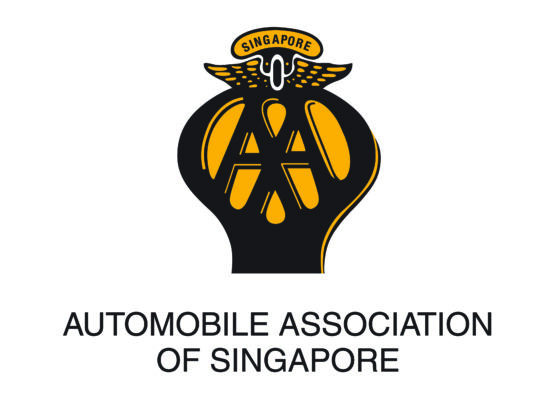It’s the responsibility of every road user to observe and ensure traffic safety. Here are some tips on what you can do to ensure safe motoring.
Safety Checks On Your Vehicle
Your vehicle must be in tip-top condition before driving off. While checking your vehicle, think POWER:
- Power
- Oil
- Water (screen wash, coolant)
- Electrics (lights)
- Rubber (tyres and wipers)
Check the brake fluid level. If it drops frequently below the minimum level, there must be a leak in the system. Do not drive the vehicle until it has been thoroughly examined by a qualified mechanic.
Make sure that the headlights, tail lights, indicator lights, reversing lights, brake lights and all gauges are functioning.
The condition of your tyres affects steering. Make sure that they are properly inflated using a pressure gauge. Remember to conduct a monthly check on the tread. Tyres with treads less than 1.6mm in depth should be replaced. Smooth or bald tyres will cause the car to skid when you brake hard – regardless of whether the road is wet or dry. Do not forget to check the spare tyre as well.
Make sure that all doors are properly secured.
Be Mentally And Physically Prepared
An important aspect of driving safely is knowing your limit and that of your vehicle because driver errors play a part in over 90% of motoring accidents. When we take risks, we often try to justify them instead of taking a critical look at our own attitudes. The road is not meant for competitive driving. Share them with other road users.
Safe driving means giving your full attention to the road. Being distracted by something going on in the vehicle can lead to terrible consequences. Even if you are confident that you will not be distracted while talking, your hazard perception and response will be compromised. As such, eliminate distractions whenever possible – whether it’s talking to passengers or using a mobile phone.
Research surveys show that most road-rage offenders believe themselves to be the victim of someone else’s bad driving. They interpret simple incidents like being overtaken as a threat and respond aggressively. To combat road rage, always be tolerant and stay calm. Allowing ample time for your journey also helps to reduce anxiety and increase your threshold for tolerance.
Fatigue is a major cause of accidents. Signs and symptoms of fatigue include constant yawning, growing impatience with other road users, bad temper and inconsistent speed. Make sure you rest well before you drive.
Anticipate Dangers
Develop your ability to read the road and identify potential dangers early so that you can respond in good time. You need to observe what is happening constantly, anticipate what may happen next and devise strategies that will allow you to deal with unforeseeable circumstances. By weighing situations and options all the time, you’ll be in a position to react quickly, reduce your speed well in advance of a hazard and avert the need for sudden braking or violent swerving – all of which may lead to accidents
Keeping A Safe Distance
A major irritation on the road is a driver who tailgates. Tailgating is a dangerous practice. It’s important to always keep a safe distance between your vehicle and the one in front because:
- You get a good view of the road.
- You are less likely to slam on the brakes when the vehicle in front stops suddenly.
- You will be able to see whether it’s safe to overtake.
Overtaking
The law for overtaking is simple – stay in the left lane, unless you are overtaking, and return to the left lane once you have done so. When overtaking, you need to check that it is safe to do so and leave a safe gap between your vehicle and the vehicle in front. You need to be well clear of the vehicle before returning to your lane or line of traffic. Do not cut in sharply.
Approaching Bends
Cornering places heavy demands on the tyres. There is only a limited amount of grip available – harsh braking or acceleration while steering around a bend will destabilise the vehicle, causing it to skid. To minimise this, adjust your speed and select the appropriate gear before the turn.
Driving In The Rain
A driver cannot afford to ignore the weather because it affects the visibility distance and how well the vehicle responds to the controls.
Ensure that your vehicle is well maintained to cope with any weather as dirty windscreen and faulty wipers will hinder vision when it rains. Clean the windscreen thoroughly with a solvent to remove all road grime and grease. Check your wipers regularly for signs of wear and tear.
The stopping distance increases dramatically on slippery roads. Therefore is important to slow your speed down when it rains.











